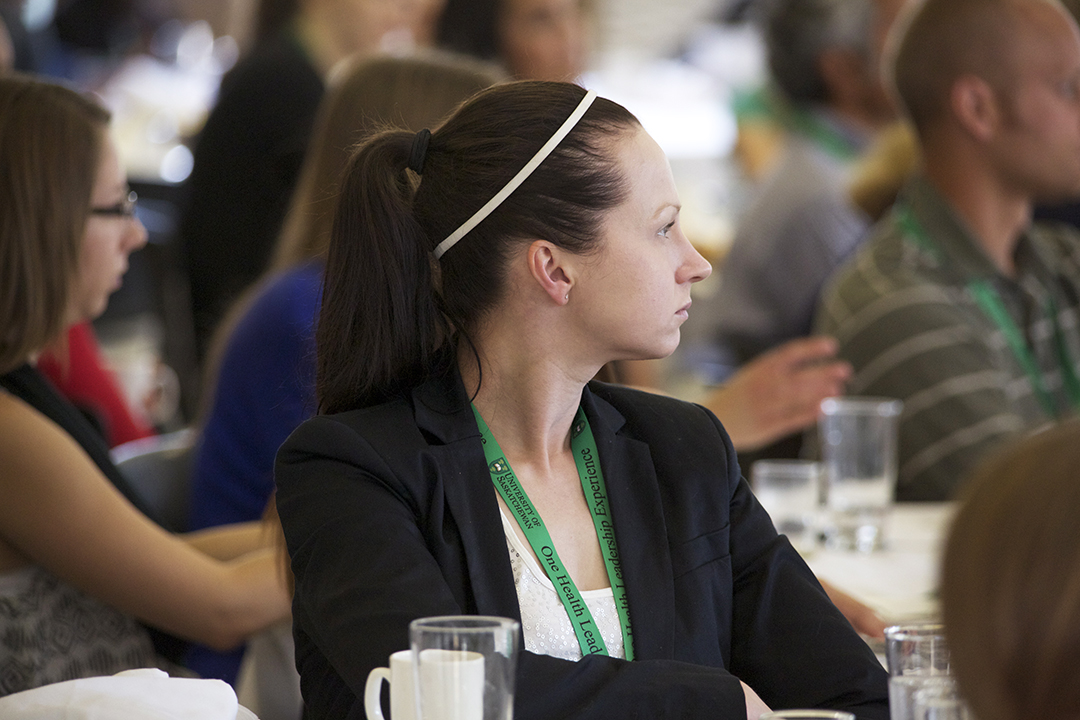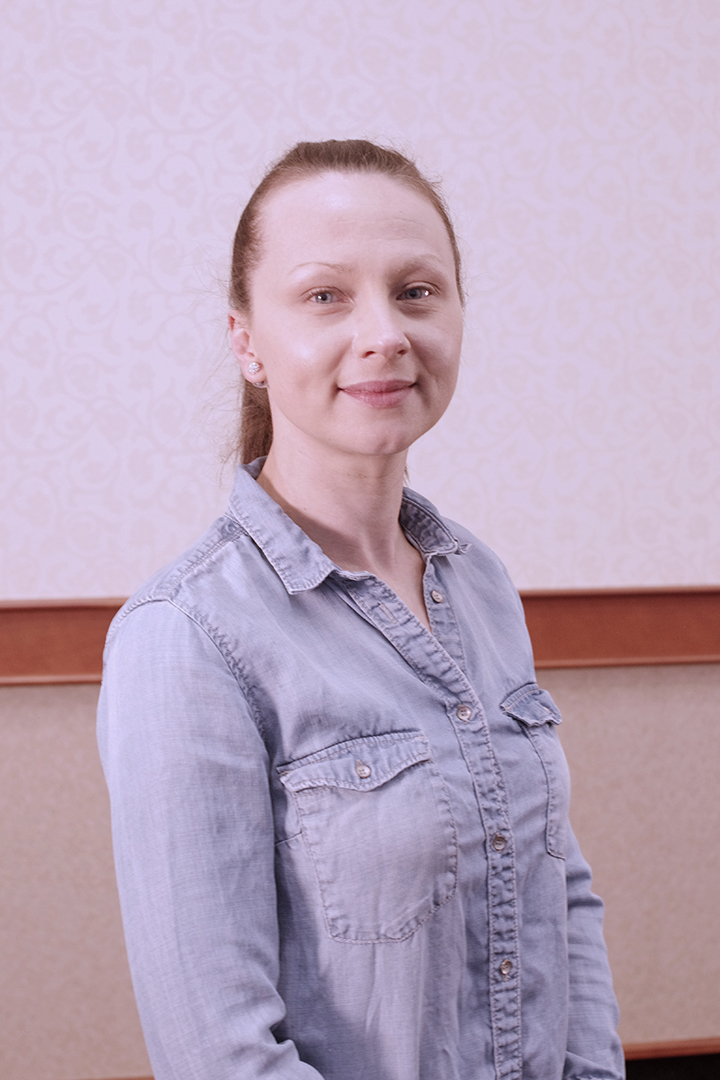
Home is where One Health happens
When Dr. Jenn Nyhof finished her veterinary degree at the Western College of Veterinary Medicine (WCVM) in 2016, she was offered the chance to conduct graduate studies in global health at Duke University which would send her travelling between North Carolina and Mongolia.
By HenryTye Glazebrook
But instead she opted to return to Thompson, Man., the small northern city in which she’d first decided to pursue a career as a veterinarian and where she knew her newfound skills were needed too urgently for her to put off the move any longer.
“After working in Thompson and in remote northern communities, I quickly realized that there was a gap in delivery of veterinary-related services up here — both from an animal health perspective and from a human health perspective,” Nyhof says.
“I had been committed to coming back here; I went to university with the explicit plan of coming back. Obviously ideas can change as you go through veterinary school, but mine didn’t really. There were other opportunities, but I was always very committed to coming back to service the north.”
A year after graduating, Nyhof became the owner of Thompson Veterinary Clinic — the practice where she first started as a receptionist in 2011. Not only does the clinic act as the primary animal health clinic for Thompson and its surrounding area, but it has also established outreach opportunities for other underserved areas of public health. These projects include monthly grief counselling sessions for pet owners offered in partnership with a local social worker as well as dog bite prevention training for kids.
These examples of community outreach strike at the very heart of Nyhof’s goal to dovetail animal, human and environmental health through her work.
“It probably goes back to my roots working with northern communities and realizing the close connection between human, animal and environmental health,” Nyhof says. “Before I was in veterinary medicine I was in the field of public health, and through both my job and through my experiences, I discovered just how much of an overlap there is between these different scopes of practice.”
This intertwining of various areas of health services is referred to as One Health, an overarching goal of bringing together professionals from distinct educational backgrounds to learn from each other and explore new avenues only made possible through their partnership.
Nyhof, who helped to found the University of Saskatchewan’s One Health Club during her time at university, was introduced to the concept as an official academic approach before she had even taken her first lecture at the WCVM.
“I was invited to something called the One Health Leadership Experience that was organized on campus,” Nyhof says. “It was an opportunity to network with students who were like-minded and all had these ideas of enhancing human, animal and environmental health. Being able to meet these other people facilitated the establishment of the club, which then carried through to the remainder of my academic studies.”
Nyhof credits the WCVM as instrumental in the One Health Club’s success, not just in providing operational funding, space and overall guidance but also for clearly illustrating the One Health model within its own programs, practices and staff.
“They’re one of the few, if not only, schools that has representatives from all of the faculties surrounding One Health — nursing, social work, human medicine, veterinary medicine and so on,” Nyhof says.
“The WCVM is the gold standard, I think, especially from the perspective of One Health. I would use the term revolutionary to describe the college.”
It's this line of thinking that Nyhof has tried to model her own practice on, creating a space where she's just as interested in healing the animals brought into her clinic as she is in building a stronger community outside its doors.
"One thing that might sometimes be overlooked as a veterinarian is this thinking that my job is just to work with animals," Nyhof says. "I think my job is just as much about working with people as it is with animals."
HenryTye Glazebrook is a freelance writer based in Vancouver, B.C.
